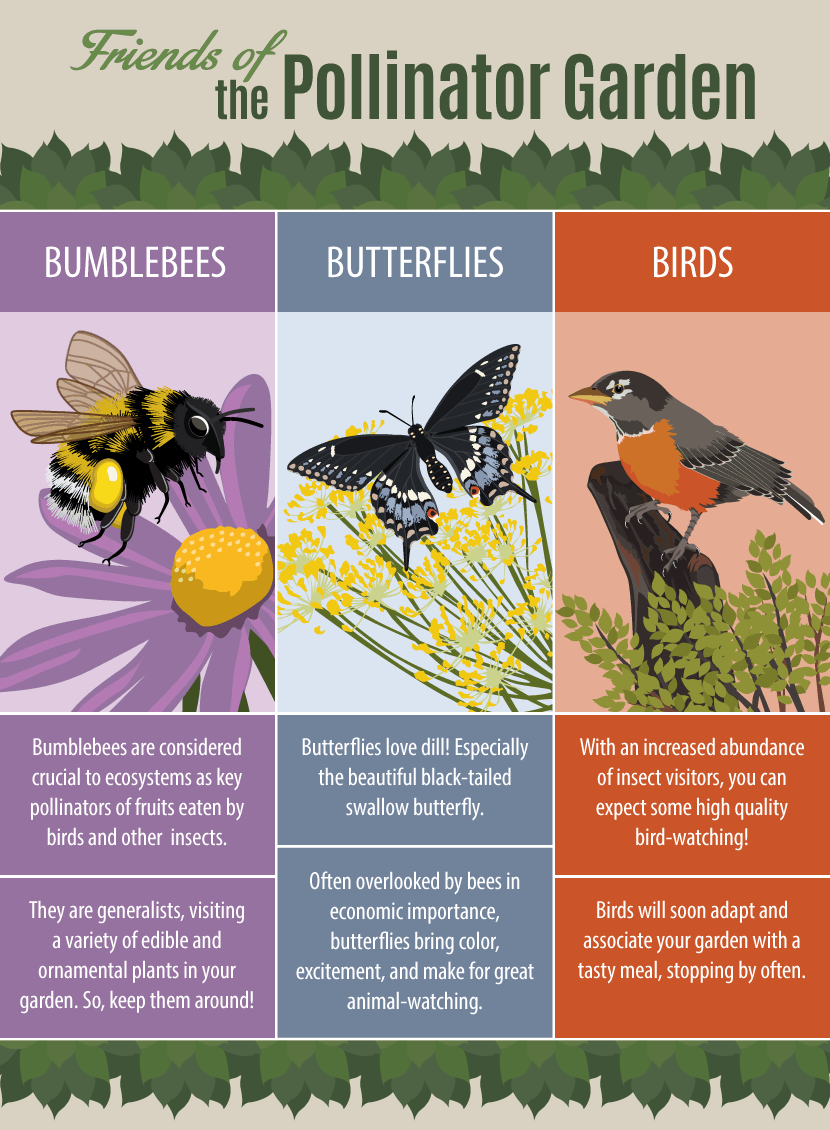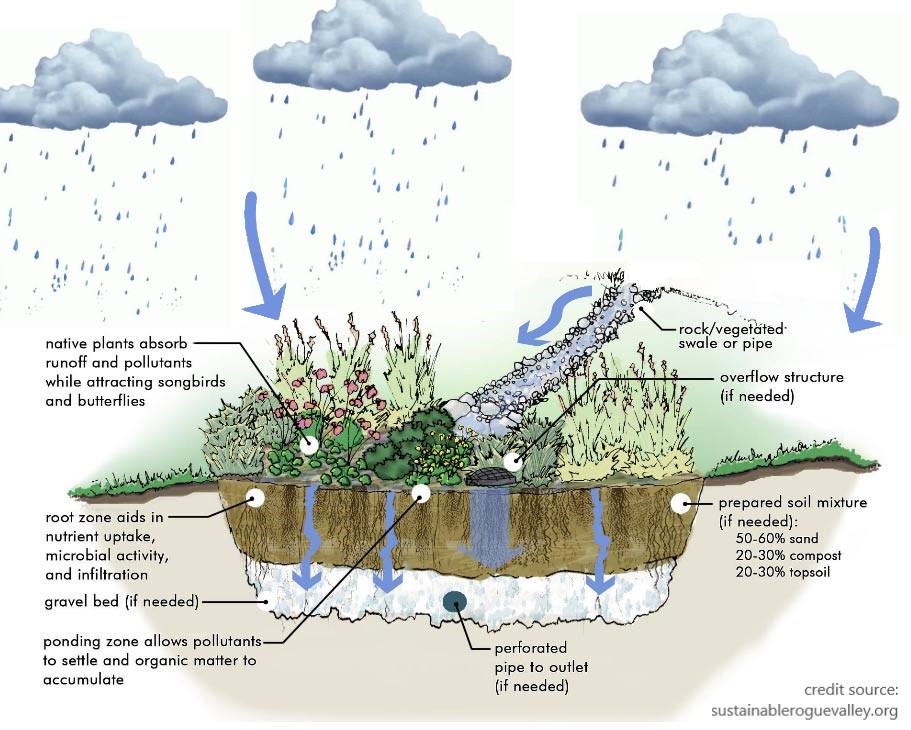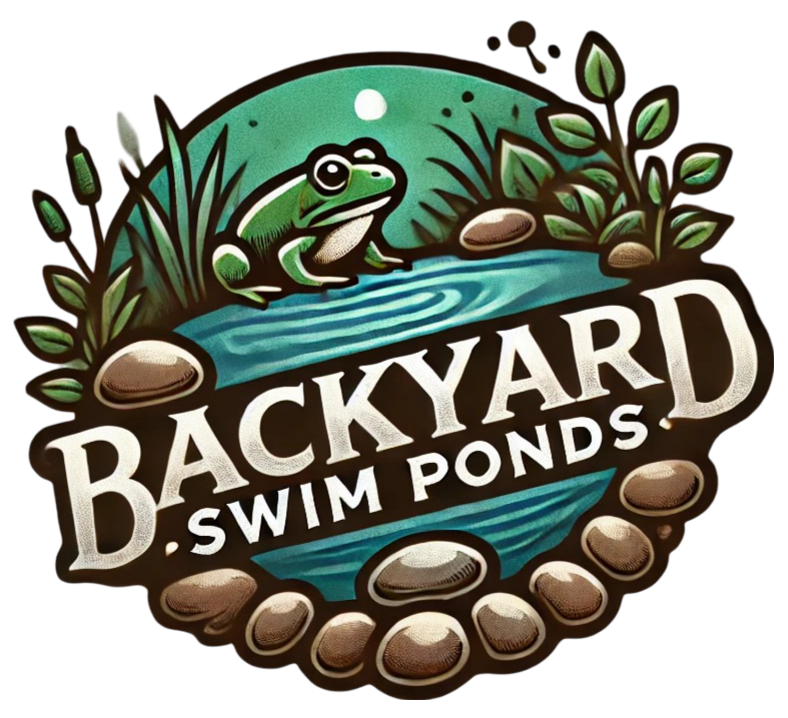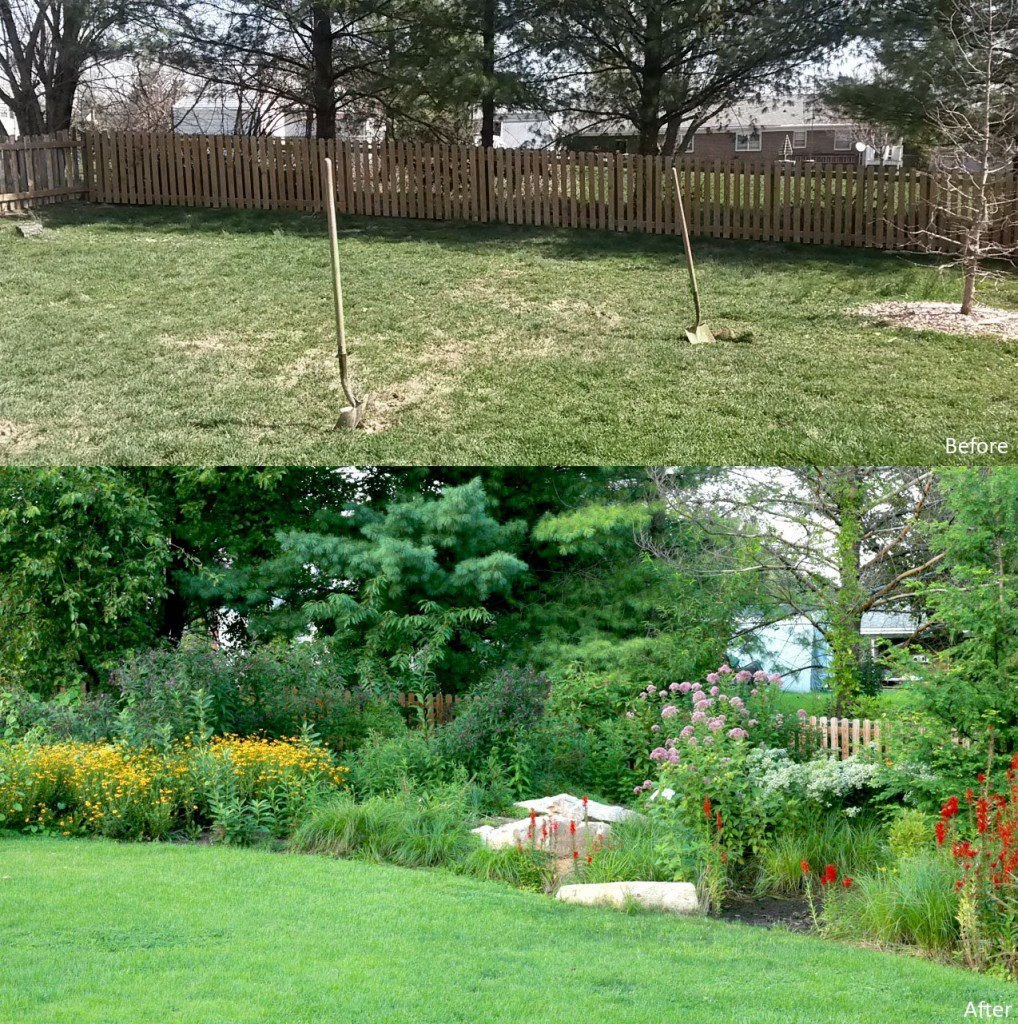Native plant palettes are increasingly being recognized for their essential roles in enhancing water quality, promoting biodiversity, and fostering sustainability in landscaping. As you start to create or enhance your garden, understanding how these plants can filter contaminants and improve water clarity can significantly impact your landscape and the surrounding environment. This guide will help you navigate the effectiveness of native plants for stormwater filtration, their ecological benefits, and practical tips for integrating them into your garden.
How Native Plant Palettes Improve Water Clarity in Your Garden
Native plant palettes consist of plants that are indigenous to a particular region, making them well-suited to local soil and climate conditions. These plants play a vital role in improving water quality by naturally filtering rainwater and minimizing runoff. By incorporating native plants into your garden, you can enhance water clarity, which is crucial for maintaining a healthy ecosystem.
Research conducted at Stellenbosch University shows that wetland plants like soft rush (Juncus effusus) and mat sedge (Carex lasiocarpa) remove an average of 85.3% and 78.6% of urban stormwater pollutants, respectively. These plants’ extensive root systems stabilize the soil, promote infiltration, and filter excess nutrients and contaminants, leading to clearer water.
To create an effective native plant palette, start by selecting plants that fit your specific environmental conditions. For example, if your garden has moisture-retentive soil, consider incorporating blue flag iris (Iris versicolor), which has high filtering capabilities. Rain gardens featuring diverse native plants can filter up to 30% more water than traditional lawns, making them an excellent choice for improving clarity in both your garden and local waterways.
Transforming a traditional lawn into a rain garden enhances water clarity (Source: Virginia Native Plant Society)
Enhancing Local Biodiversity with Strategic Planting
Biodiversity is the variety of life within a particular habitat, and it plays a crucial role in maintaining healthy ecosystems. By focusing on enhancing local biodiversity, you can create a vibrant garden that supports various wildlife, including beneficial insects, birds, and pollinators.
Native plants are particularly effective at attracting a diverse array of wildlife. For instance, swamp milkweed (Asclepias incarnata) and Joe Pye weed (Eutrochium maculatum) not only provide shelter and food for bees and butterflies but also assist in removing contaminants from water runoff. Research indicates that gardens rich in biodiversity can capture and filter up to 30% more rainwater than traditional lawns, thus reducing stormwater runoff and improving overall water quality.
To enhance biodiversity in your garden, consider planting a mix of native species. Selecting plants with staggered blooming periods can provide a continuous food source for pollinators throughout the growing season. Additionally, designing your garden with various heights, textures, and colors creates a welcoming habitat for wildlife.

A strategic planting plan helps attract various pollinators, enhancing local biodiversity (Source: OVSLA.com)
Understanding the Mechanism Behind Natural Filtration
The filtration of water through native plants operates on the principle that these plants absorb and filter impurities from water as it passes through the soil. The roots of native plants are crucial in this process, interacting with soil microbes that improve nutrient uptake and enhance soil structure.
Vegetated systems, like rain gardens, show significantly greater filtering capacity than unvegetated areas. Studies indicate that specific native sedges and rushes exhibit superior nitrogen processing capabilities in biofilters compared to their non-vegetated counterparts. Application of wet meadow and prairie communities within engineered filtration systems has shown remarkable efficiency in capturing stormwater runoff.
For example, the Heritage Park Project in Minneapolis captures around 67% of runoff from a 35-acre parking lot while effectively reducing phosphorus loading by 60% and sediment loading by 90%. Such applications underline the importance of native plants in sustainable water management practices.

This diagram illustrates the filtration processes in a rain garden compared to conventional systems (Source: The Beat News)
The Maintenance Advantage of Using Native Plants
One compelling reason to use native plants in your landscaping is their typically lower maintenance requirements compared to traditional landscaping options. Because they are adapted to local conditions, native plants generally thrive with minimal intervention once established.
Field studies show that maintaining native plant areas costs about $0.06 per square foot annually, significantly less than the $0.20 per square foot common for traditional turf grass lawns. Native plants usually require less water, fertilizers, and pesticides, making them an environmentally friendly choice. Once established, these systems can reduce water usage by up to 22 gallons per person per day when compared to traditional plants.
When planning your garden, consider the specific upkeep needs of each chosen native species. Grouping plants with similar requirements can simplify care and enhance overall garden health. While native plants may require some attention during their establishment phase, the long-term reduced maintenance makes them a worthwhile investment.
This chart outlines the maintenance costs of native plant systems versus traditional landscaping (Source: National Wildlife Federation)
Choosing the Right Native Plants for Your Region
Selecting the most suitable native plant species for your region involves understanding your local climate, soil types, and moisture conditions. Not all native plants perform equally well in every environment, so regional adaptability is crucial for creating a successful planting scheme.
Begin by researching which native plants excel in your area. In the Northeastern United States, consider plants like blue flag iris (Iris versicolor), switchgrass (Panicum virgatum), and cardinal flower (Lobelia cardinalis). These species are known for their nutrient absorption capabilities and can withstand periods of flooding. Moreover, they are more resilient to urban stressors, helping to ensure the success and stability of your garden.
Utilize local resources such as native plant societies or extension services to assist in selecting suitable species and understanding their ecological benefits. Gaining a comprehensive understanding of your region’s native flora will enable you to create an effective and sustainable garden that meets both aesthetic and ecological objectives.

This map illustrates native plant ranges and highlights keystone species for specific regions (Source: National Wildlife Federation)
Overcoming Challenges in Implementing Native Filtration Systems
While the benefits of native plant filtration systems are evident, implementing these systems can present challenges, especially in urban environments. Issues like limited space, soil quality, and competing landscaping priorities can hinder the establishment of native plant palettes.
Urban areas often have compacted, contaminated, or poor-quality soils that make it difficult for native plants to thrive. Additionally, the heat island effect can stress plants that are not accustomed to elevated temperatures. To address these obstacles, consider improving soil conditions through amendments and careful site preparation.
Education is necessary to combat public perception challenges; many individuals may see native plant installations as unkempt or unattractive. By providing information on the ecological benefits of these plants, you can help cultivate community support and acceptance, encouraging more widespread native plantings.

These before-and-after images highlight the transformation achieved through a successful native plant installation (Source: Go West Gardener)
Real-Life Success Stories: Native Plant Projects That Worked
Examples of successful native plant filtration projects can provide inspiration for your own gardening efforts. The Heritage Park Stormwater Treatment Project in Minneapolis is an excellent case that showcases the significant benefits of using native plants for stormwater management.
These large-scale implementations effectively reduce runoff and pollutant loads while enhancing local ecosystem health. For example, both the Heritage and Ramsey-Washington projects capture millions of gallons of stormwater while achieving reductions in phosphorus loading of around 60%. Community engagement strategies associated with these projects can serve as models for fostering public support in your own initiatives.
By highlighting local successes, you not only inform your choices but also encourage others to adopt native plants as a viable and effective solution for stormwater management.
This image showcases the positive outcomes from a native plant project, illustrating significant ecological restoration (Source: Freckled Californian)
Conclusion
Integrating native plant palettes into your landscaping enhances water clarity, promotes biodiversity, and supports sustainable gardening practices. By understanding how these plants function as natural filters and their unique ecological attributes, you can create a thriving garden that benefits both you and the environment.
With strategic selection and planting of native species, overcoming common challenges, and learning from successful projects, you can contribute to improved water quality and enhanced local ecosystem health. As you embrace the beauty and resilience of native plants, you’re investing in a greener and more sustainable future for your garden and community.


